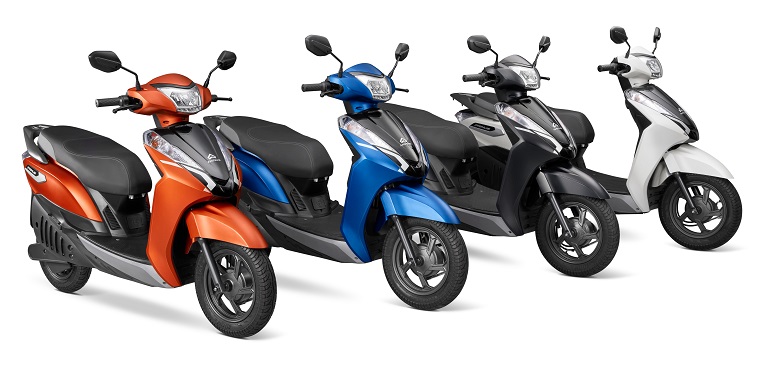From bustling cities to rural villages, electric two-wheelers are redefining mobility in India with their eco-friendly and cost-effective appeal.
Across India’s bustling cities and serene villages, a transformation is underway. Electric two-wheelers (E2Ws) are gaining traction, ushering in an era of cleaner and more economical travel. This shift extends beyond major centers, reaching remote locations as well, fueled by the growing desire for sustainable and cost-effective transportation.
Data paints a clear picture of this rapid rise. In 2020-21, E2Ws accounted for a mere 0.3% of two-wheeler sales. By 2023-24, that number skyrocketed to 5.4%, signifying a strong embrace of electric mobility by Indian consumers. This trend is driven by a growing focus on environmental protection, the economic benefits of electric vehicles, and continuous technological improvements.
A recent in-depth report by the Boston Consulting Group (BCG) titled “Surging Ahead: How Electric Two-Wheelers Are Rapidly Gaining Popularity with the Diverse Indian Consumer” offers valuable insights. The report identifies ten distinct consumer segments, each with unique needs and riding habits. This approach goes beyond traditional demographics, focusing on factors like travel distance, purpose, and lifestyle choices to provide a richer understanding of consumer behavior.
The BCG report reveals that both practical and emotional factors influence consumer preferences for E2Ws. While some prioritize affordability and low maintenance, others are drawn to the eco-friendly nature and cutting-edge appeal of electric vehicles. This diversity underscores the need for a wider variety of E2W models to cater to different tastes and requirements.
Significantly, the report highlights a shift in consumer mindsets towards electric mobility. It reveals that one-third of potential two-wheeler buyers are now seriously considering electric options. This growing awareness and acceptance mark a turning point towards sustainable transportation, paving the way for accelerated market growth in the coming years.
To capitalize on this opportunity, stakeholders in the E2W sector need a multifaceted approach. This includes innovation in product development, infrastructure expansion, and consumer education. Original Equipment Manufacturers (OEMs) should tailor their offerings to the diverse consumer segments identified by BCG, while also implementing innovative marketing strategies that ensure competitive pricing, seamless customer experiences, and robust charging infrastructure.
Furthermore, collaboration across the ecosystem is essential. Partnerships between government bodies, industry players, and technology providers can help address concerns like range anxiety and limited charging options, creating a supportive environment for E2W proliferation. Additionally, investments in organizational capabilities, research and development, and strategic partnerships will be crucial for maintaining a competitive edge in this rapidly evolving market.
The rise of electric two-wheelers in India represents more than just a change in how people get around; it signifies a broader move towards environmental responsibility and economic efficiency. Through collaboration from all stakeholders, E2Ws have the potential to revolutionize urban mobility and provide millions of Indians with clean, accessible, and affordable transportation choices.


